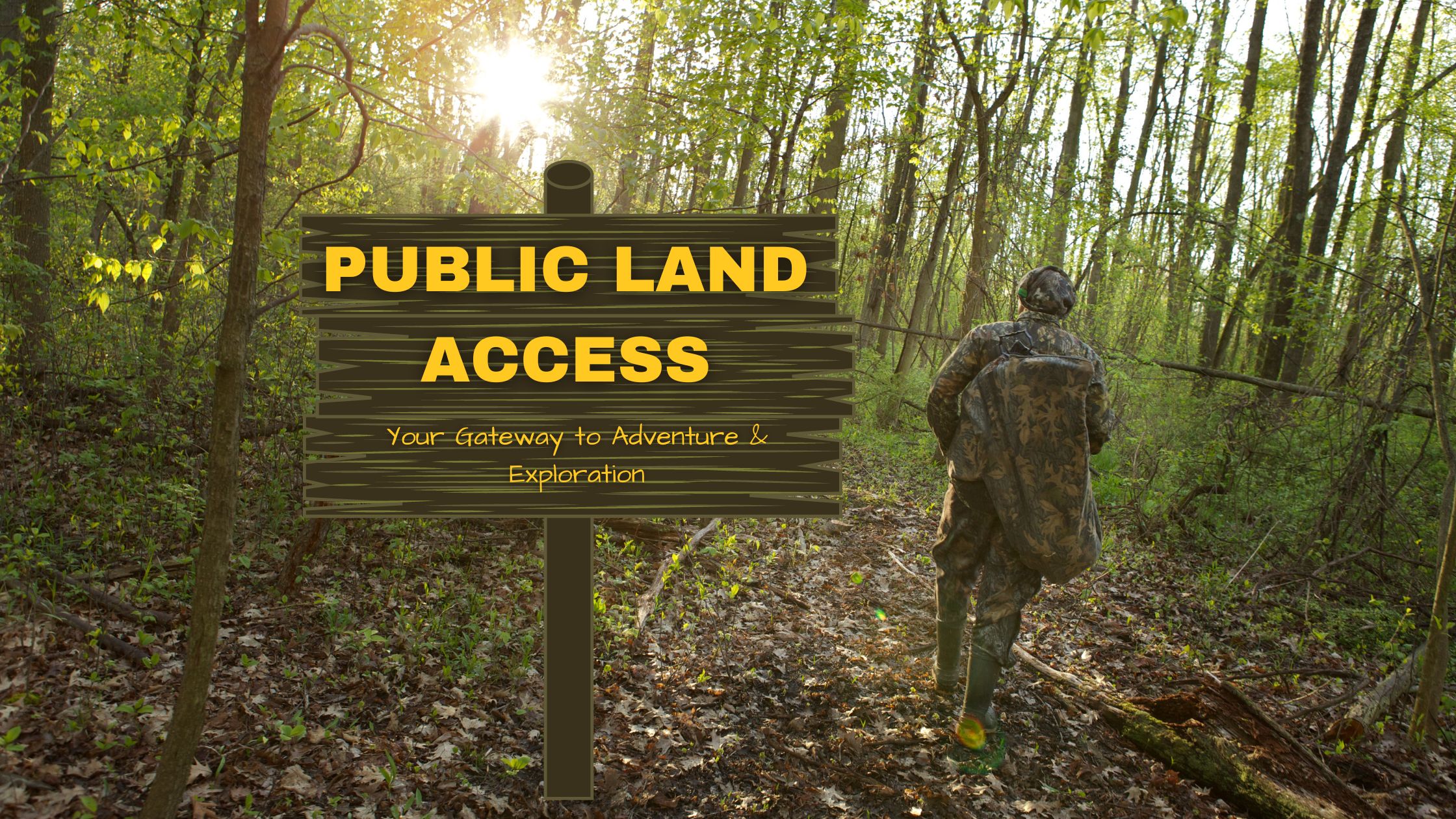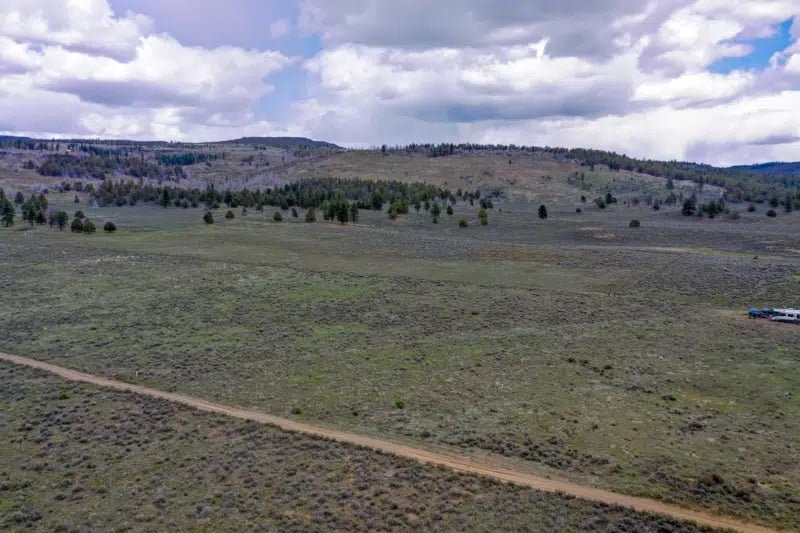Are you looking for new ways to explore the outdoors and connect with nature? If so, you may want to consider visiting public lands.
Firstly, for its recreational options and diverse scenic and ecological features, public lands in the United States—from county forests to national parks are some of the most cherished by outdoor enthusiasts. These areas offer a range of outdoor activities, such as camping, hiking, fishing, and hunting.
However, it is essential to understand the rules governing public land access in order to appreciate their beauty and advantages properly.
We will begin the blog by dividing it into many sections like knowing deeply about public land, its qualities, and the procedure of getting one and much more information.
So whether you’re organizing a hiking trip or are just curious about public lands, keep reading to find out the facts.
Table of Contents
Public Land Types and Locations
In the US, numerous forms of public land are governed by laws and overseen by various government departments. Let’s examine each type in greater detail:
National Park
The National Park Service manages and preserves these locations. Currently, the United States has 63 national parks, including Yellowstone, Yosemite, and the Grand Canyon.
Whereas national parks are frequently more available than other federally maintained public lands and have specific rules (such as no hunting and no dogs except in specific areas).
In addition, national parks strive to conserve landscapes for future generations while also providing opportunities for enjoyment.
National Forests
These public properties that the United States Forest Service manages are for a variety of purposes, such as logging, recreation, and conservation. In the US, there are 154 national forests spread throughout 43 states.
The country needs a strong, all-encompassing climate strategy. It will protect the environment and fulfill public expectations for the nation’s national grasslands and forests, as well as carry out the “America-The Beautiful” objective.
National Wildlife Refugees
The system of public lands and waters designated for the conservation of America’s fish, wildlife, and plants is known as the National Wildlife Refuge System.
To protect fish, wildlife, and plant resources in the United States for both current and future generations, the United States must manage a national network of lands and waters.
Bureau of Land Management Lands
The Bureau of Land Management oversees these properties, which have a variety of topographies, such as deserts, woodlands, and grasslands.
It manages about 245 million acres of public land access to “sustain the health, diversity and productivity of public lands” for the general public to use and enjoy.
Wilderness Areas
Several federal agencies now protect and oversee these places as wilderness after the government classified them. The US currently has more than 110 million acres in approximately 800 wilderness areas.
Moreover, the vast wilderness is home to many plant and animal species, including bison, grizzly bears, beavers, and mountain goats.
Tools and Resources to Uncover Public Land Near You
Additionally, there are several tools and resources available to locate public property near your location in the US. The websites of the National Park Service, Bureau of Land Management, Recreation.gov, and US Forest Service are some of the most useful ones. These websites provide valuable information about public properties that are available for public use. With these resources, you can easily find public properties that are close to you in the US.
These websites offer details on various public lands, such as maps, route information, and local regulations. These lands include national parks, forests, and Bureau of Land Management areas. You can plan and take part in outdoor activities on nearby public lands with the help of these tools.
Permits, Regulations and Safety Required for Your Next Adventure
To ensure a secure and reliable experience while planning an expedition on US public lands, it is vital to be aware of the permits, guidelines and safety measures required in public land access.
Therefore, you should familiarize yourself with the relevant permits, regulations, and security requirements.
Permits
You could need a permit to enter public lands, depending on the activity and the area around. Permits are frequently required to engage in activities including camping, hiking, fishing, hunting, and rock climbing.
These are just a few examples of land management organizations. The National Park Service, the Bureau of Land Management, or the U.S. Forest Service can issue you a permit for the region you intend to visit.
Regulations
Several laws that aim to safeguard natural and cultural treasures while also ensuring visitor safety are in place on public lands. These rules could forbid using drones, off-road driving, campfires, and other activities.
To prevent fines or other consequences, it’s crucial to review and abide by the rules in the particular region you intend to visit.
Safety
It’s essential that you implement the necessary safety precautions because public lands can be difficult and far away.
Public lands can be challenging and remote, so taking the required safety precautions is important. As a result, you might need to schedule your plans and expected return time. Additionally, you should carry enough food, water, and first aid supplies with you.
Furthermore, you should be mindful of any possible consequences including wildlife, adverse weather, and dangerous terrain.
Enjoy every moment of your visit: Activation & Recreation
You can engage in numerous activities and recreational options to experience the beautiful natural and heritage treasures while exploring public lands in the US. Certainly, this will enhance your trip experience. Here are some ideas to maximize your trip:
Hiking
Moreover, many hiking trails are available on public lands, ranging from leisurely strolls to strenuous backcountry excursions. Subsequently, walking is a great way to discover historical sites, waterfalls, and beautiful landscapes on these trails.
Camping
Indeed, getting hands-on experience with the natural magnificence of public lands is a fantastic benefit of camping.
Alternatives to camping include modest backcountry campsites and RV parks with a variety of facilities. You can decide on the option that best meets your needs and tastes.
Fishing
Anglers recommend visiting public lands because there are many diverse fish species available. Sometimes, visitors can fish in lakes, rivers, and channels, although a permit may be required depending on the area.
Wildlife Seeing
Many species, such as woolly mammoths, elk, bears, and mountain lions, can be spotted in open spaces. Thereafter, it is important to respect and look forward on maintaining a safe distance from wildlife and natural habitat.
Natural Site Viewing
Public areas host many cultural and historical sites, such as old cliff dwellings or ancient battlegrounds, offering a fascinating glimpse into the region’s lengthy history.
Conservation and Stewardship: Preserving Our Natural Heritage/Resource
Visitors have the opportunity to actively participate in conservation and stewardship efforts to protect our rich heritage. By doing so, public lands in the US can be preserved for future generations.
Respecting wildlife and their habitat by refraining from feeding them or approaching them is one way to achieve this.
Another option is to adhere to the Leave No Trace philosophy, which emphasizes reducing environmental effects and processing out all rubbish. Also, sticking to specified paths and notifying them of any destruction or violation can help safeguard wildlife habitats and natural resources.
Volunteering for conservation projects such as eradicating invasive species or repairing habitats is another active method to support stewardship efforts. By doing the following, visitors can contribute to the preservation of our natural heritage and the sustainability of public lands.
Conclusion
In conclusion, public lands in the US provide a fantastic starting point for exploration and adventure. Visitors can discover the natural beauty, cultural richness, and various ecosystems because of the abundance of offered activities and recreational options.
Access to public lands in the US is undoubtedly a gateway to adventure and exploration because there is so much to explore new things.
Thus, if you’re looking for hunting land in the USA, you can consider visiting APXN Property, which gives you various possibilities while you’re on the go.
APXN Property is the fastest-growing rural property platform in the USA that offers a wide range of affordable land across the USA with a money-back satisfaction guarantee.






